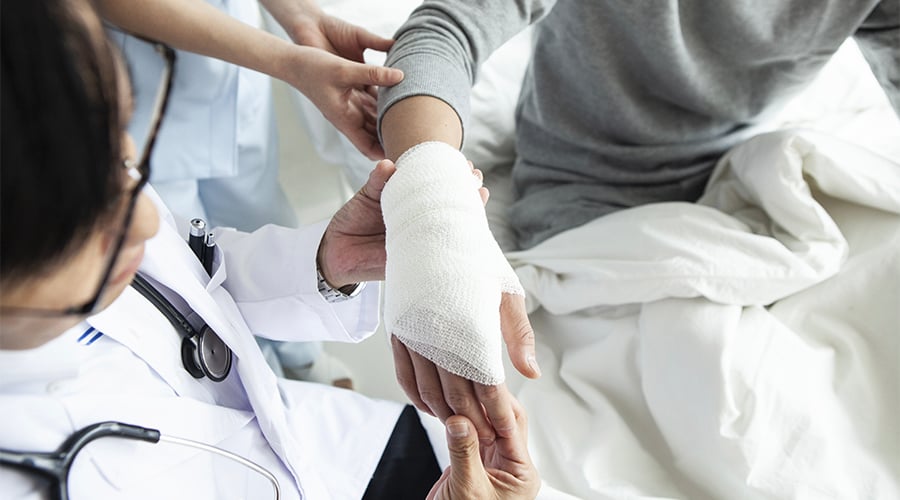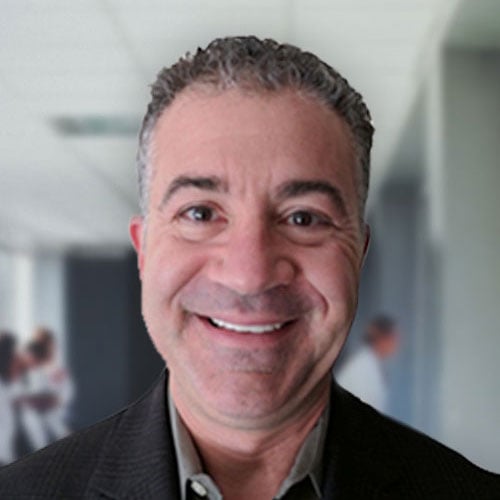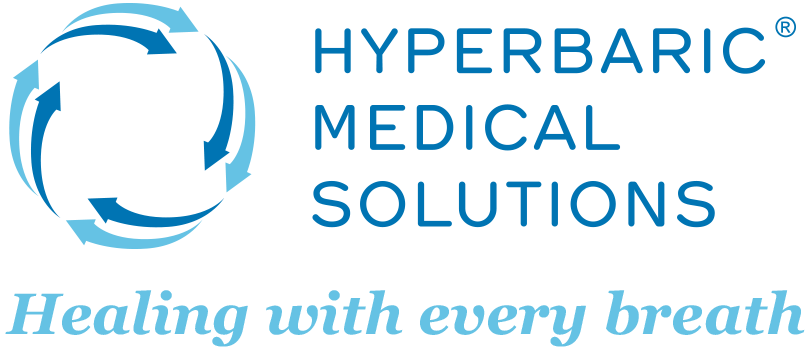Keys to Quick Healing Following Skin Graft Surgery

A crucial component of the skin grafting process is the post-op healing process. To ensure the graft does not become compromised by infection, measures must be taken to give the wound the best opportunity to properly recover.
In some cases, hyperbaric oxygen therapy (HBOT) is recommended to facilitate healing, as it has been documented as a viable method to accelerate wound healing, salvage compromised grafts, and improve overall treatment outcomes.
Skin graft surgery is often deemed necessary in situations where more serious, deeper wounds are resistant to repair, typically in cases of severe burns, non-healing ulcers, or following instances of skin or breast cancer surgery. Both the donor and recipient sites require diligent post-operative care; in fact, the donor site may actually involve a more painful recovery due to newly exposed nerve endings.
Follow Your Doctor’s Recommendations
As with most procedures, following your doctor’s recommendations for proper care will lead to expedited healing and less chance of scarring.
Most doctors will typically recommend a patient rest as much as possible, especially in the immediate aftermath of the procedure. Any strenuous activity and unnecessary contact with the wound should be avoided, particularly during the first four to seven days following surgery.
As per the instructions of your surgeon, personal care may need to be limited to sponge baths to start, followed by showers, to avoid having the wound soak in water. Most will advise you also cover the dressing with a plastic bag for added protection. Down the line, a special cleanser may be permitted, as long as it is gently rinsed and patted dry.
Your doctor will remove the dressing at his or her discretion, depending upon the progression of the healing process, though special care should still be taken to avoid sun exposure, picking or scratching the skin, and application of any lotions or creams, until permission is given to return to normal activities.
Keep The Bandages Clean
The wound will most likely be covered with a dressing to protect it from germs, reduce the risk of infection, and soak up any excess fluids which may leak from the graft site.
Special care should be taken to keep the dressing clean and free from dirt or sweat. Slight elevation may reduce swelling, as will periodic application of an ice pack, though this should be cleared by your doctor first, as well as use of any antibiotics or pain relievers.
Check for Signs of Infection
Pay close attention to any signs of infection, worsening pain, excessive bleeding from the wound site, or indications that the edges of the graft are beginning to lift; these complications should be addressed immediately.
How HBOT Can Benefit Recovery from Skin Graft Surgery)
In instances when a graft begins to exhibit signs of being compromised, an infusion of oxygen and nutrients to the new tissue may be helpful. By increasing circulation and oxygenation to the compromised tissue, HBOT can stimulate a variety of healing mechanisms. These include reducing inflammation at the graft site, supporting new blood vessel growth, and helping to aid the body's natural infection fighting processes.
Hyperbaric oxygen therapy is also useful in contributing to collagen production, a necessary element in the maintenance of new, healthy skin. Together, these mechanisms make HBOT a promising component in supporting the healing of damaged tissue.
For information on HBOT, or to schedule a consultation, contact Hyperbaric Medical Solutions today.

Written by Alan Katz, MD, FUHM, FACEP, FAAEM
Dr. Alan Katz, National Medical Director of Hyperbaric Medical Solutions (HMS), is double board certified in Emergency Medicine and Hyperbaric Medicine. He directs clinical operations, as well as education and research initiatives for HMS, particularly in exploring the use of hyperbaric oxygen therapy....
Read More


